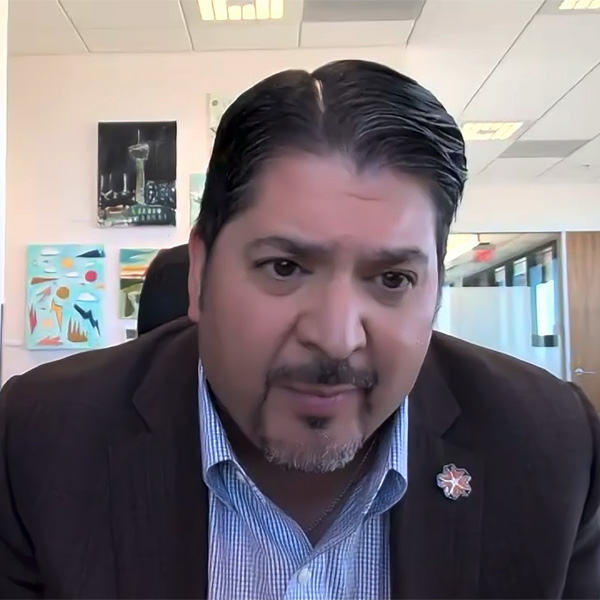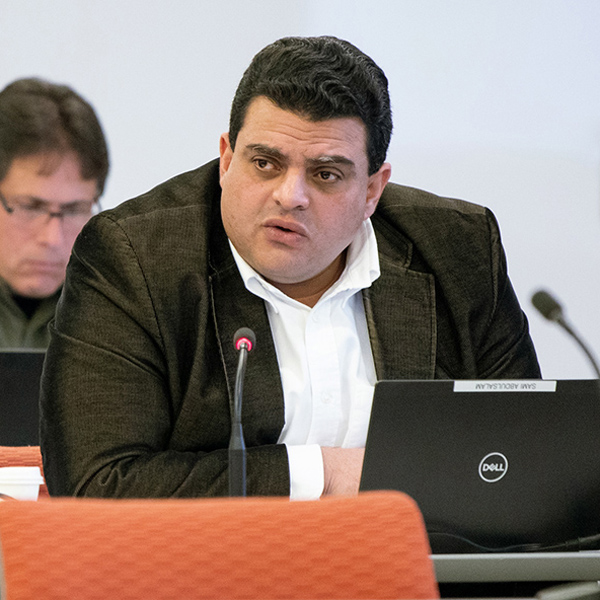After years of low load growth, U.S. grid planners now predict a sharp increase in electric demand, according to a report released Dec. 12 by consulting firm Grid Strategies.
The nationwide forecast for the next five years has nearly doubled to 4.7% from 2.6% last year, Grid Strategies said, citing data compiled from FERC filings.
The increased load growth translates to an additional 38 GW of demand through 2028, which will require new transmission and generation to be met reliably, Grid Strategies said in the report, “The Era of Flat Power Demand is Over.”
“Over the past decade, grid planners have been forecasting a mere 0.5% annual growth rate, as summarized by NERC,” the report said. “Yet in 2023, annual peak demand growth is up to at least 0.9%, driven by data centers, industrial facilities and other near-term investments.”
That is likely to be an underestimate, the report said, noting that since the forecasts were filed with FERC, Puget Sound Energy, Duke Energy, Georgia Power and the Tennessee Valley Authority have stated that their load expectations have grown even higher.
Since 2021, commitments for industrial and manufacturing facilities have totaled about $481 billion, and more than 200 manufacturing facilities have been announced in the past year. Data center growth is forecast to exceed $150 billion through 2028.
The data across the industry are uneven, with some regions like MISO not clearly explaining how large load development will impact peak demand, whereas PJM and Georgia Power’s latest forecasts include higher investment in industrial sites and data centers.
Only some utilities factor in the impacts of higher temperatures and more extreme weather in their projections. As those practices spread to more firms, the load growth figures should go up, according to the report’s authors, John D. Wilson and Zach Zimmerman.
Major new loads can take only one or two years to connect to the grid, compared to at least four years for new generation and even more for new transmission, the report said.
“It’s worrisome that a resurgent American manufacturing sector may face headwinds from the limited ability of the nation’s electricity systems to respond,” the report said. “Electricity systems need to supply new generation, connect that generation to load and — of course — connect new load to the system. There are real risks that some regions may miss out on economic development opportunities because the grid can’t keep up.”
Transmission investments to meet the new demand are a particular challenge, as they will have to be sped up to meet the new demand after seeing declines in overall investment in the last couple of years.
“Transmission takes years to build, and current planning and regulatory practices make interregional transmission particularly difficult to build,” the report said. “Even though investing in transmission could save tens of billions of dollars in bringing on the new 38 GW of electricity demand, changes in policy and practice are required across the country to make this possible.”
The Inflation Reduction Act and Infrastructure Investment and Jobs Act are leading to an increase in industrial demand, while the computing power of artificial intelligence is driving increased demand from data centers. Longer-term electrification of heat and transportation is adding to growth as well.
Other potential sources of demand growth include new hydrogen fuel plants and the impact of more extreme weather.
“If grid planners are not accounting for these drivers, load forecasts will be too conservative, and the system will not be ready to meet growth in electricity demand,” the paper said.
The new sources of load growth are not uniform across the country with new industry favoring the Southeast (especially Georgia and the Carolinas), MISO (especially Michigan and Indiana) and the Southwest (especially Arizona and Nevada).
Data centers currently represent 2.5% of total electricity demand, but it could grow to as much as 7.5% by the end of the year, according to the Boston Consulting Group. That sector’s growth depends on land and power availability, and it can be located in specific regions, with the report highlighting “Data Center Alley” in Loudoun County, Va., outside D.C.
Virginia has the largest data center market in the world, with more than 35% of all known hyperscale data centers worldwide. (See related story, “PJM 2024 Load Forecast Sees Jumps from EVs, Data Centers, Heat Pumps,” PJM PC/TEAC Briefs: Dec. 5, 2023.)
Ten planning areas are home to most of the projected demand increase with 18 GW: ERCOT, PJM, SPP, Duke Energy, Georgia Power, NYISO, Arizona Public Service, TVA, CAISO and Puget.
APS and Puget are expecting demand to grow more than 10% in the next five years, while ERCOT sees the highest growth among organized markets at 6.6%.
“In 2018, ERCOT’s peak load record was 69.5 GW. This has grown by over 16 GW to 85.6 GW this summer,” the paper said. “The record-setting demand has been largely driven by industrial growth and extreme temperatures. While ERCOT continues to forecast most types of loads to remain relatively flat through 2028, its forecast for new large loads spiked up to 7.4 GW over the past year.”
The new large loads are evenly split between new industrial facilities and cryptocurrency miners, the latter of which are only expected to run when ERCOT’s energy market prices make that activity profitable.
The paper focused on summer peak demand because that is most closely related to transmission development, and on average across the country, it is larger than winter peaks. It acknowledged, however, that focusing on summer peak demand “may obscure important planning issues related to winter peak demand and overall energy resources.”

